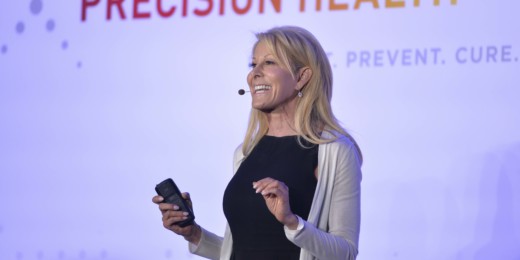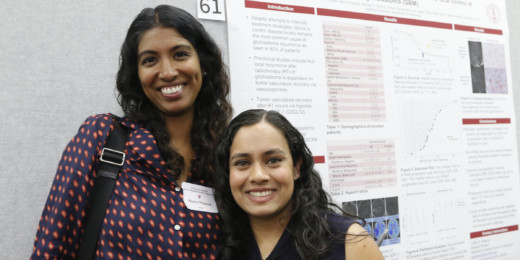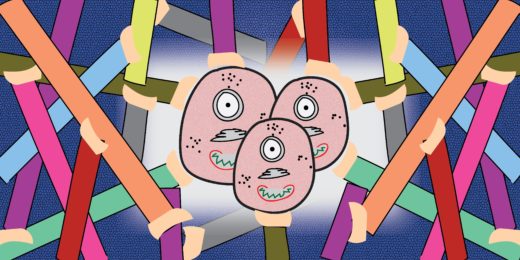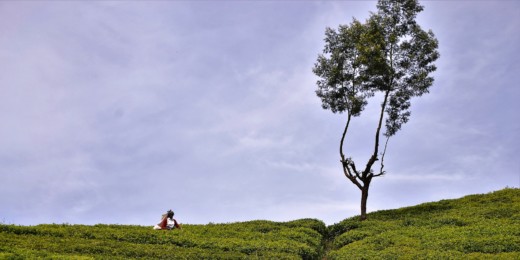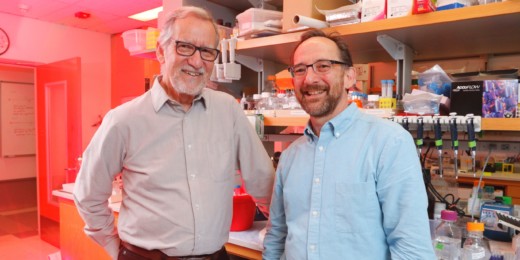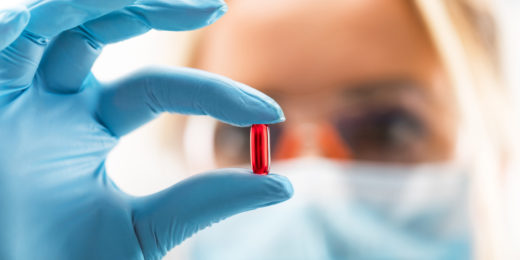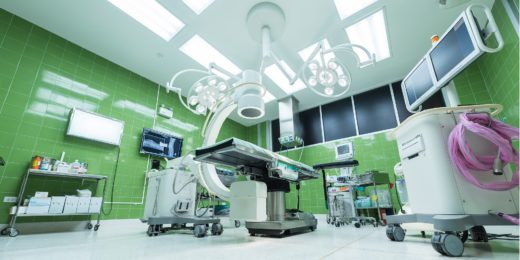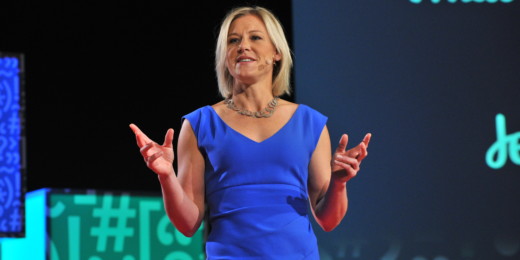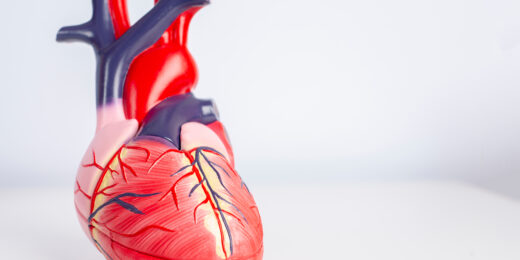Experts from academia, industry government and more came together at this year's Big Data in Precision Health conference to share successes, lessons and insights into how they're breaking down data to precisely advance health care and research.
Category: Medical Research
Medical students showcase research accomplishments
The Stanford Medical Student Research Symposium included 64 students, and their faculty mentors, and offered an opportunity to share their research projects, which spanned a variety of disciplines.
Where bioengineering and stem cell science meet, and thrive
Mimicking a stem cells' natural environment in the laboratory is impossible without recent bioengineering advances. Stanford scientists reflect on the field and speculate about future possibilities, including growing whole organs.
Stanford Medicine magazine explores the art and science of listening and hearing
Stanford Medicine magazine explores how vital hearing and listening are for our well-being, and the science behind discoveries that could improve how we do both.
Toxin, infection, or genes? A mysterious kidney disease strikes men in Sri Lanka
A kidney disease of unknown origin is sickening many men in Sri Lanka. Stanford researcher Shuchi Anand is working to understand it and to improve care.
In medicine, luck matters
In this first-person piece, medical student Steve Zhang argues that medicine is intractable and unpredictable, and luck plays a larger role than one might think.
Project Lung: Research gets personal for Stanford scientists
When Stanford's James Spudich was diagnosed with lung cancer, one of his first thoughts was of his colleague, lung development expert Mark Krasnow. Within hours a group of Stanford scientists had launched an astoundingly comprehensive study of healthy and diseased human lung tissue from one of their own.
New understanding of cellular signaling could help design better drugs, Stanford study finds
Ron Dror and colleagues used computer simulations and lab experiments to better understand G-protein-coupled receptors, which are critical to drug development. In the future, they hope to use this knowledge to design drugs with fewer side effects.
Artificial intelligence in medicine — predicting patient outcomes and beyond
Stanford researcher Nigam Shah discusses a new study in which a machine learning system predicts patient outcomes, and he outlines the implications for artificial intelligence in medicine.
Third-hand smoke increases asthma severity in mice
Exposure to 'third-hand smoke' — that is, the chemicals left behind on household surfaces after smoke has dissipated — increases the severity of asthma symptoms in mice. Stanford researchers are working to learn how this happens, and whether it might be possible to protect people with asthma from this exposure.
Stanford team tests sleep monitoring for asthma patients
Ask a child with asthma how easily he or she can breathe, and you won’t get an objective answer. But where Q&A fails, technology can take over, according to a team of Stanford researchers who are developing a way to predict asthma attacks in advance.
Breathing easy: Synthetic lung surfactant could save lives, at low cost
What makes breathing possible is a thin coating of a soaplike film, or surfactant, that lowers the tension of the lung’s inner surface. Premature babies and adults with lung injuries are short on surfactant, and replacing it has been prohibitively pricey. That may be about to change.
Countdown to Big Data in Precision Health: Breaking down data to improve health care
Jennifer Schneider, chief medical officer, breaks down her perspective on the intersection of technology and health care in preparation for this year's Big Data in Precision Health conference.
Are mechanical or biological heart valves best?
In this video, Stanford Medicine heart surgeon Joseph Woo discusses his award-winning research that examined the pros of cons of mechanical versus biological valve replacements.
The link between a mom losing a relative during pregnancy and her child’s mental health
New Stanford research indicates that having a mom losing a loved one during pregnancy may affect the mental health of the child as he or she grows into adulthood.
Keeping fit fights off genetic risk for heart disease, Stanford study finds
In one of the largest observational studies on fitness and heart disease, researchers examined found that people with higher levels of grip strength, physical activity and cardiorespiratory fitness had reduced risks of heart attacks and stroke.


